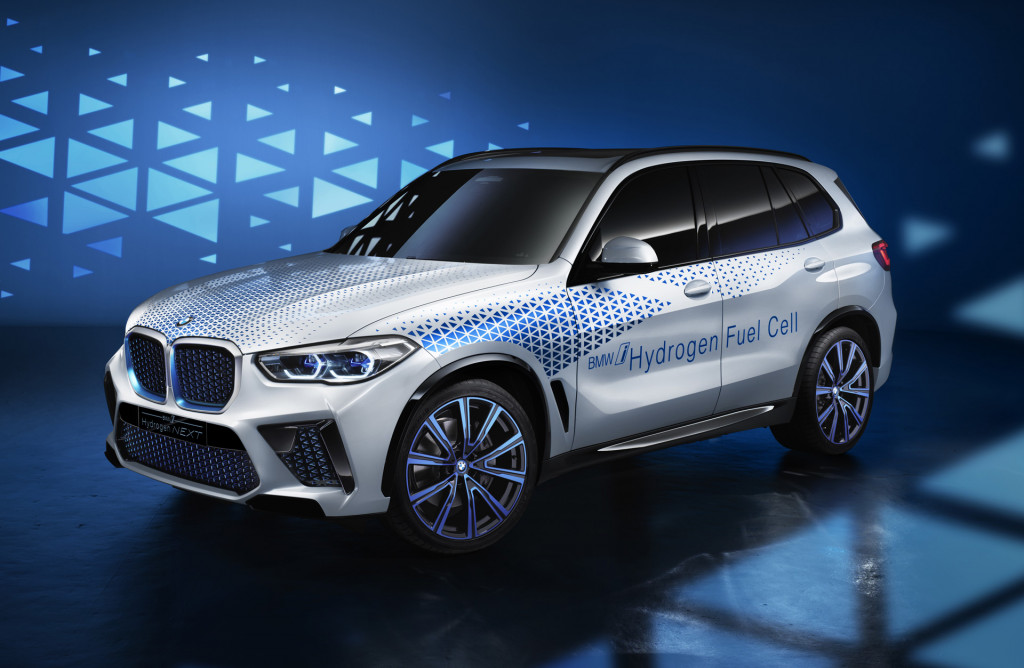Hydrogen produced using renewable energy could become a cost-competitive option over that made from natural gas within the decade, according to a new analysis from IHS Markit.
By 2030, production of hydrogen by "splitting" water—which can be done using electricity generated from renewable sources—will be cost competitive with the currently-predominant method of using natural gas as a feedstock, the analysis predicted.
The process of splitting water molecules into hydrogen and oxygen—formally known as electrolysis—is advancing from pilot projects to commercial-scale production globally, according to IHS Markit.
This ramp-up is creating economies of scale that could lower the cost of this greener hydrogen-production method, analysts believe.
"Costs for producing green hydrogen have fallen 50% since 2015 and could be reduced by an additional 30% by 2025 due to the benefits of increased scale and more standardized manufacturing, among other factors," Simon Blakey, IHS Markit senior advisor, global gas, said in a statement.

BMW i Hydrogen Next concept
The analysis is a rare piece of good news for the prospects of renewably sourced hydrogen as an alternative to fossil fuels.
Previously, studies concluded that in order to bring hydrogen costs down to where they needed to be, more cheap natural gas was needed.
A report in June suggested that hydrogen might reach price parity with gasoline by 2025, but it didn't factor in infrastructure costs.
Although hydrogen as a fuel for passenger vehicles has had some setbacks in the past couple of years, with a number of automakers including Mercedes-Benz and General Motors withdrawing plans, bigger-picture plans that include industry and heavy trucks are increasingly part of the vision.
That said, those with longer-range viewpoints continue to wonder whether hydrogen will be seen as a complementary technology or upgrade in the future for battery-powered vehicles, when gasoline becomes cost-prohibitive or regulated out of use.












